*This is one of our older, original units. The setup and layout will be different, and it will not have our newest style of extended Core Connections, etc. Please see below for details.
INCLUDED IN THIS *DIGITAL* UNIT
-
- 12 open-and-go lessons (plus a fun bonus lesson!)
- All *DIGITAL* guidebooks included to cover the whole family, ages pre-reader to adult
- All guidebooks are specifically choreographed to be used together
- Core Connections are included, to extend this into an all-in-one unit study, covering multiple school subjects (all ages)
- Just download, use on any device (or print, if desired) and go!
- Downloads appear immediately after purchase on your device screen
- You get to keep your products forever, to be reused over and over again as the children grow
*MORE DETAILS UNDER “DESCRIPTION”
CAMPFIRE STANDARDS:
Our units are taught through living book format.They are applicable to all age levels, pre-reader to adult. If you would like to see how we adjust each level for difficulty (while allowing the whole family to come together), please visit this page HERE.
UNIT DESCRIPTION:
Throughout this unit, students will be hypothesizing along with the doctor as each case is presented. The stories are captivating enough for younger students while the older students will be learning even deeper medical terminology and procedures. It will feel like you are right there job shadowing the professional. You will all be learning anatomy, suturing, veterinary labs, diagnosis of exclusion, and SO MUCH MORE! This unit is incredibly hands on (as always) with multiple game and activity options throughout (optional).
Our veterinarian unit covers different animals from horse to cat, dog, llama, monkey, rabbit, goat, etc. Even more than focusing on the animal itself, we focus on the techniques and skills a veterinarian must grow in, such as learning how to use diagnosis of exclusion, labs, how to suture a wound on an animal (and when not to do so, re: bacterial growth), how to diagnose animals with vitamin deficiencies, etc.
**We do recommend purchasing or making a stethoscope for the unit, but it is certainly not required**
CORE CONNECTIONS COMPANION:
This can be used as core curriculum (with Core Connections) or as an extracurricular (without Core Connections). To see what is covered in each unit, go HERE.
DIFFERENCES FROM THE NORM:
This is one of our older units, so it is separated into five guidebooks instead of three. [pre-reader, elementary, middle school, high school, adult –vs– Early Learner, Growing Learner, Advanced Learner]. We better streamlined the guidebooks (formerly called “journals”) as we went along.
PAGE COUNT: 128 (elem – adult), 54 (pre-reader)


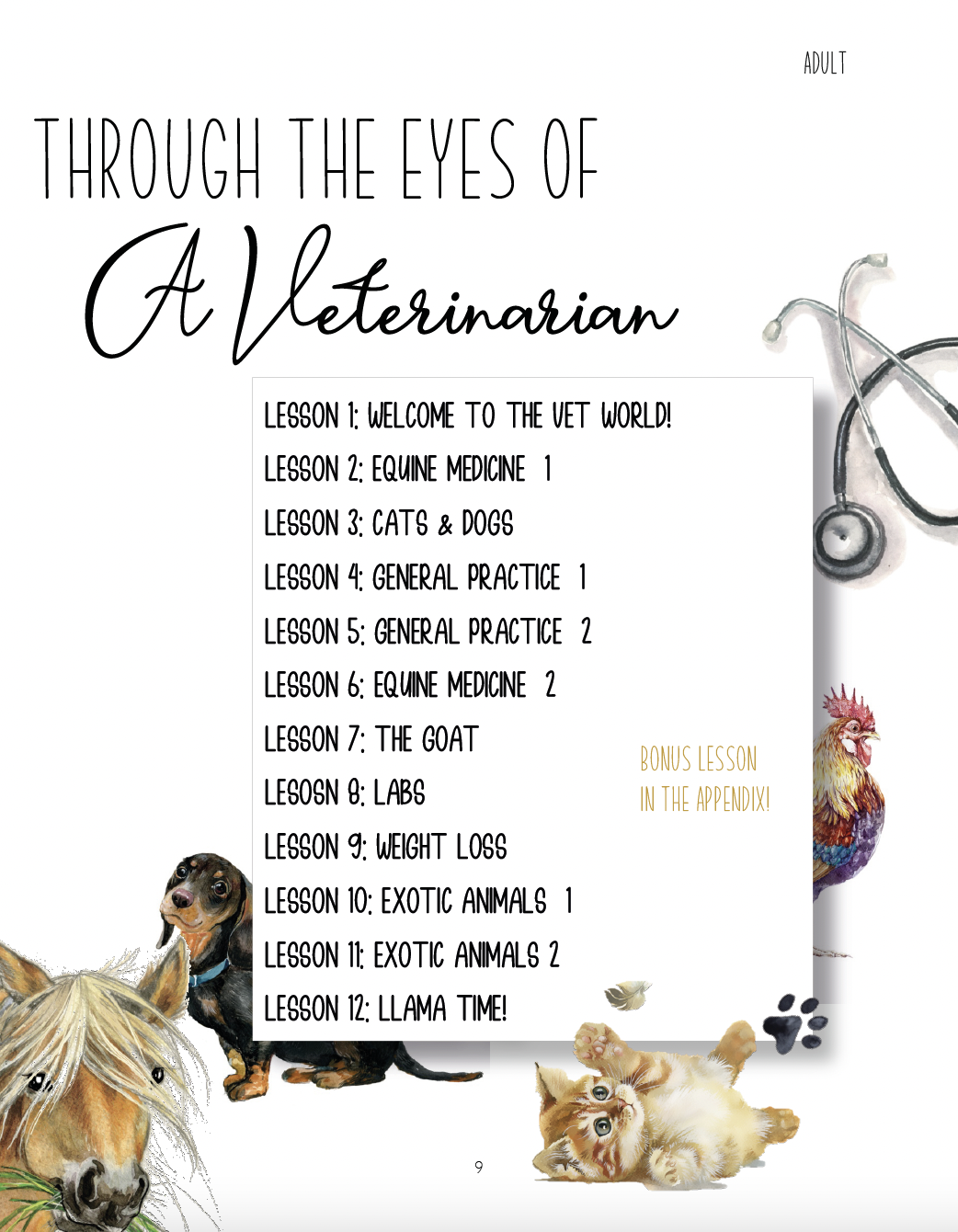


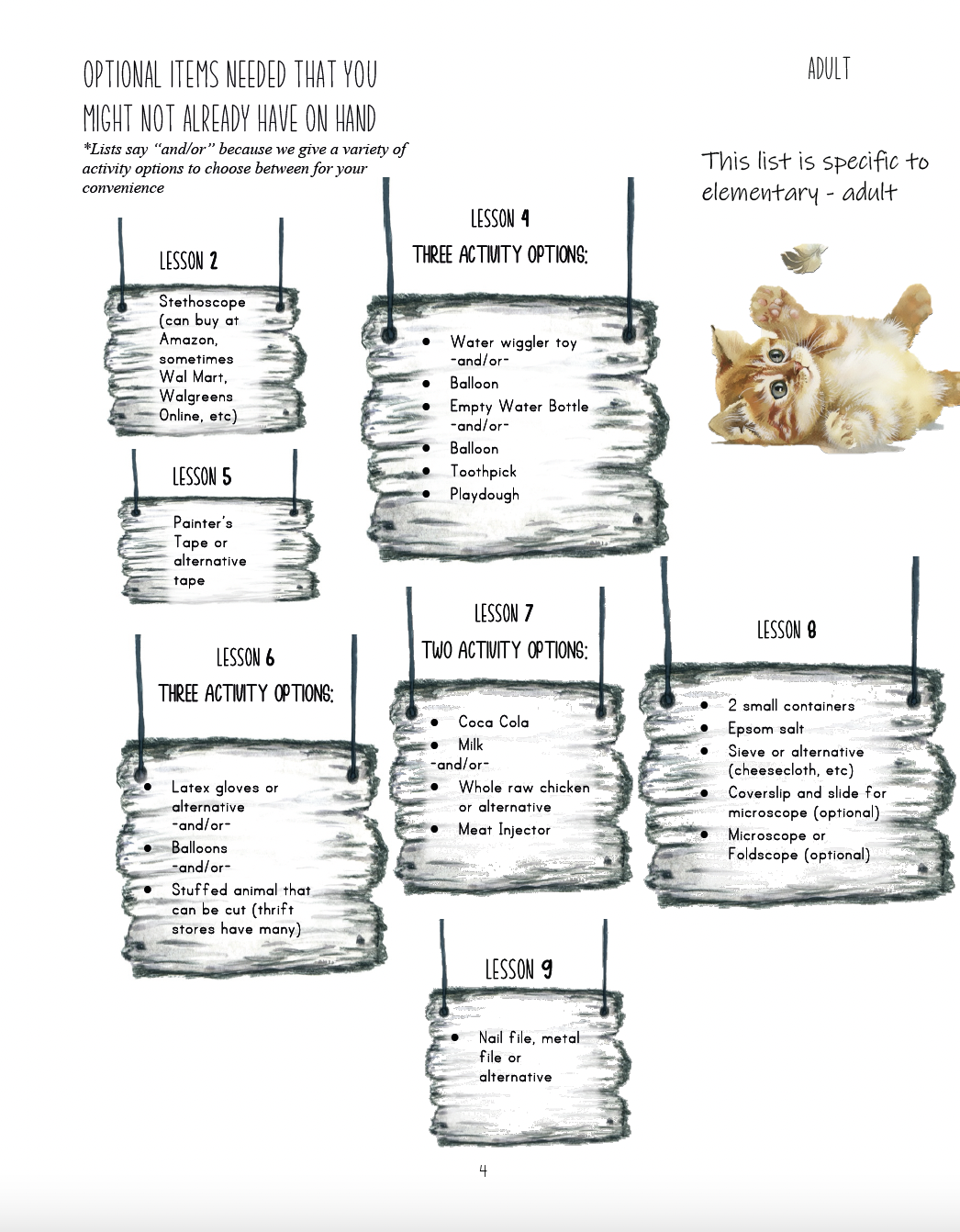
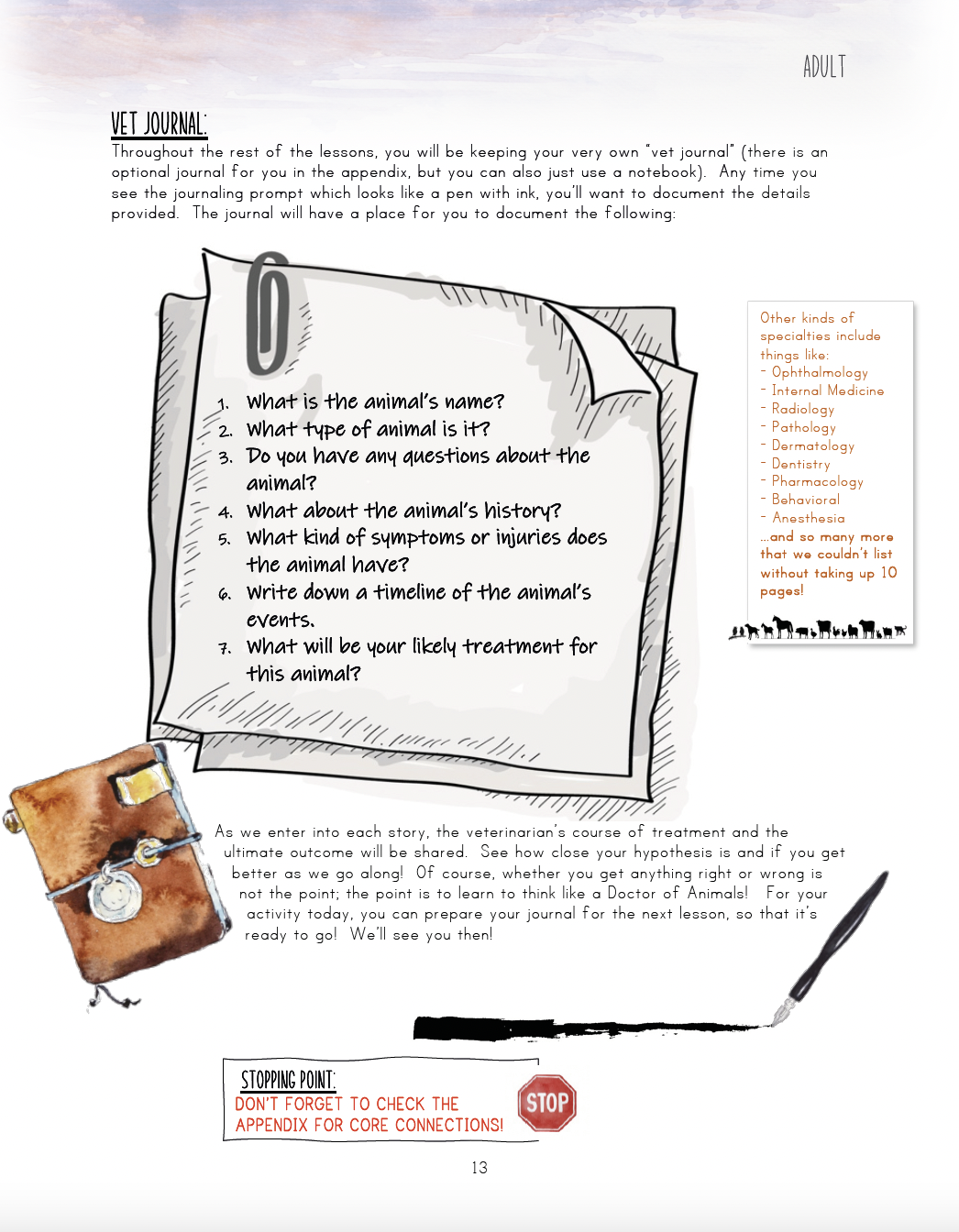
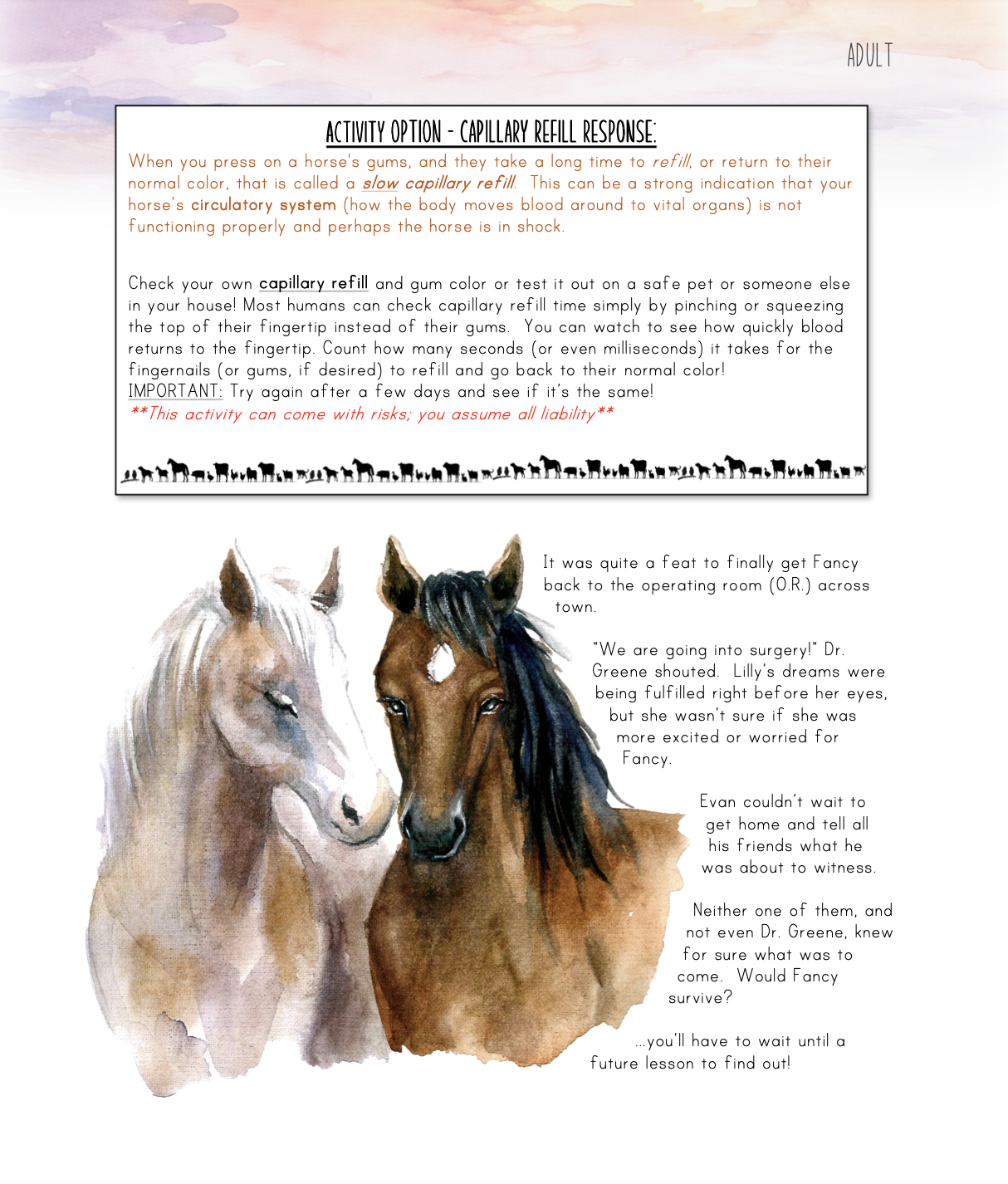
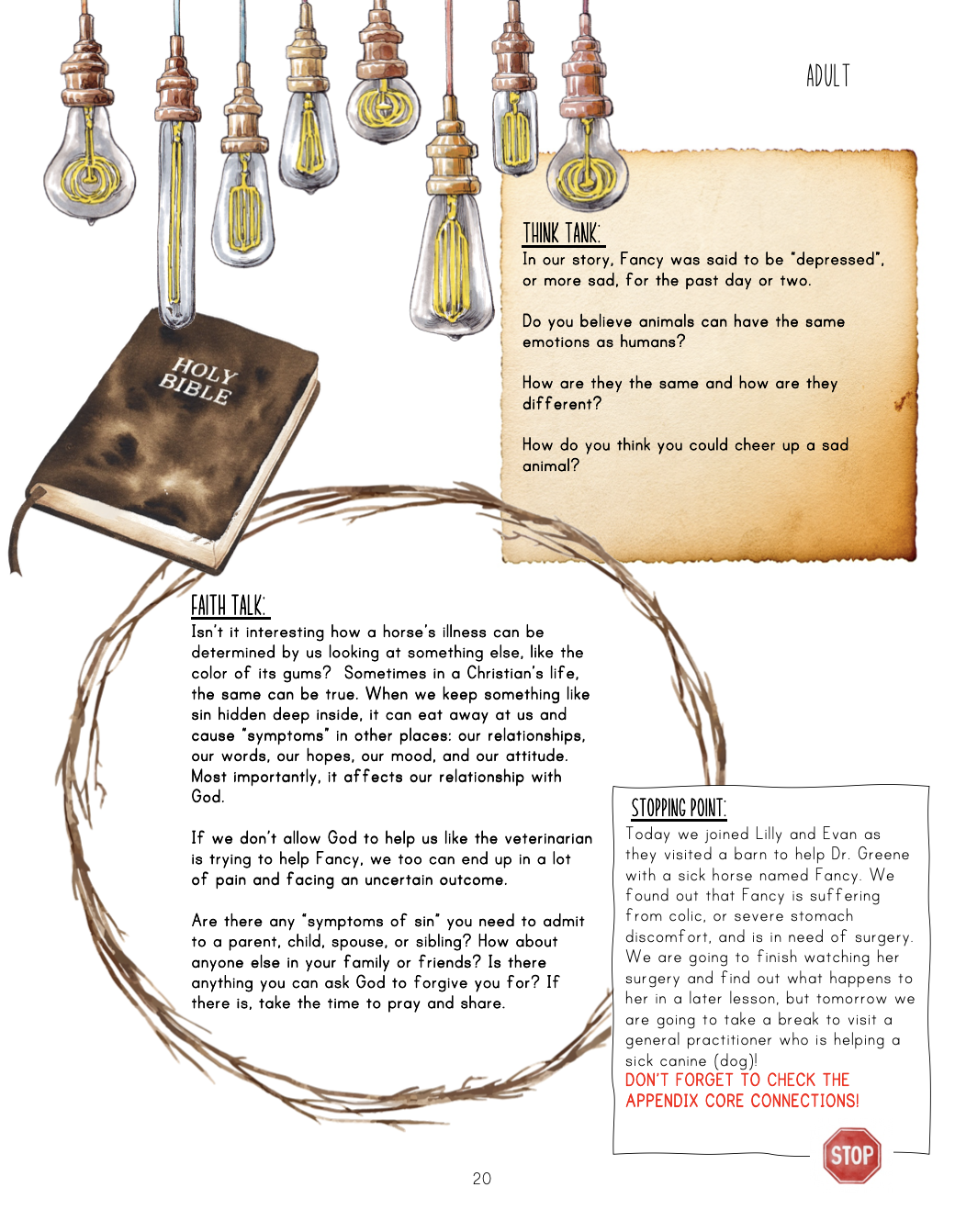
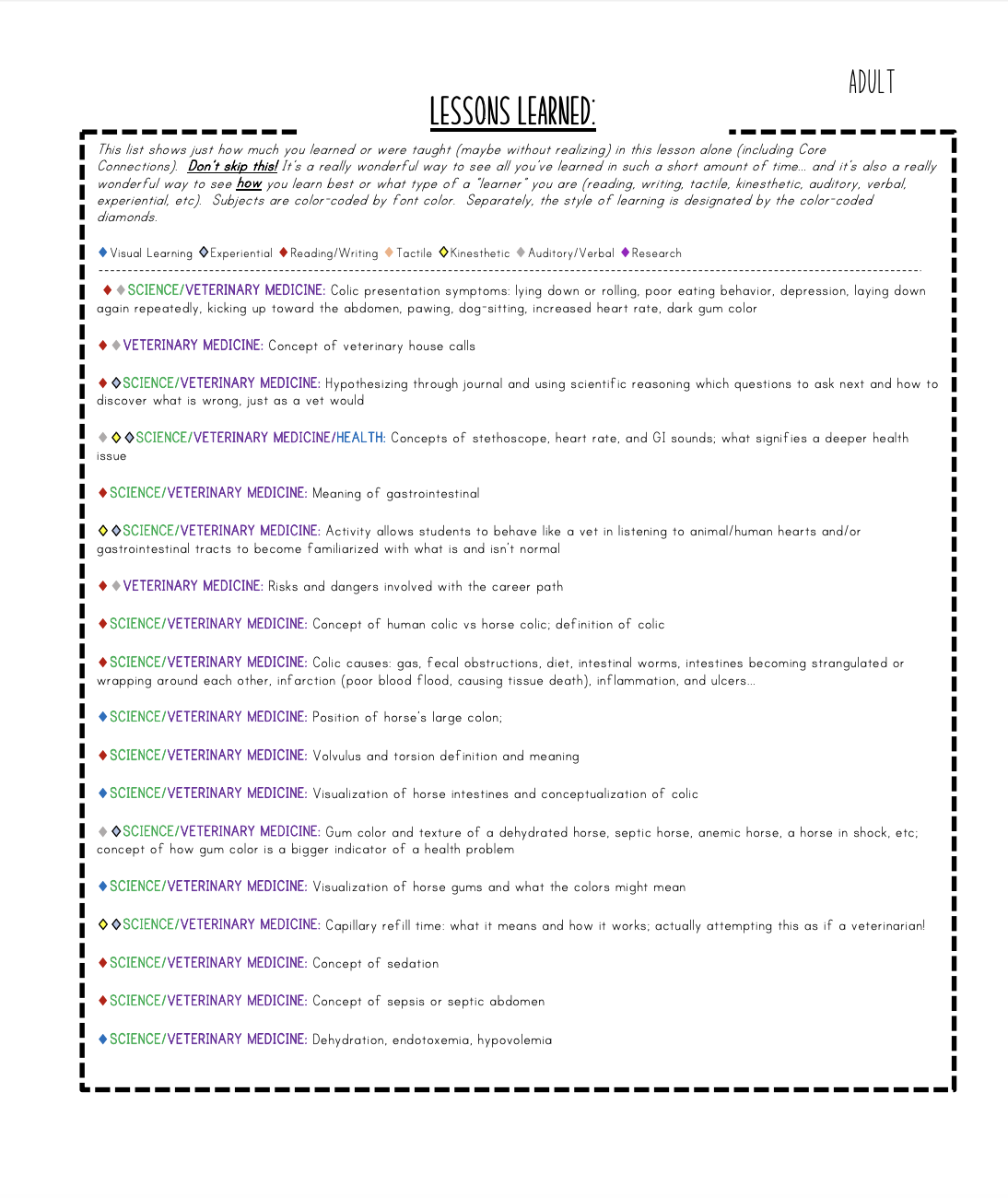
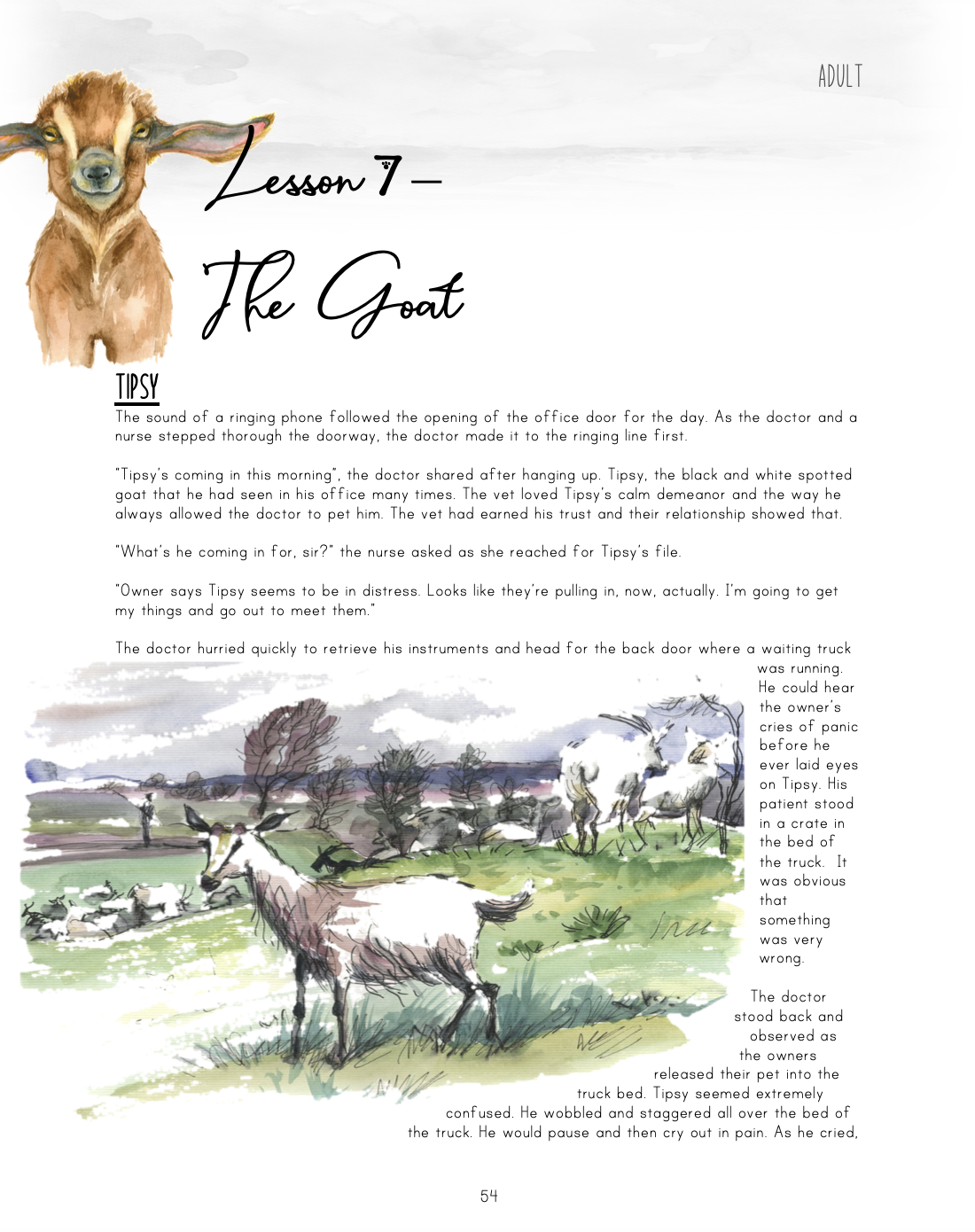





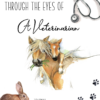
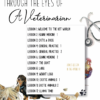
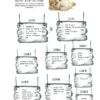

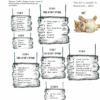


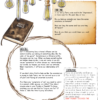

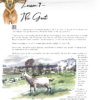
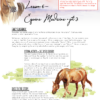

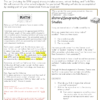
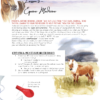
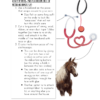

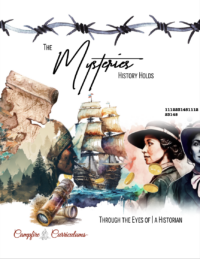


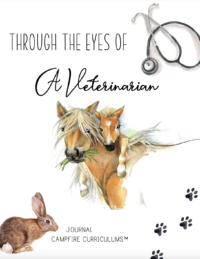
Natalie Duhon (verified owner) –
My daughter wants to be a vet, so this was the perfect unit for her!
theproctor4 (verified owner) –
What a great unit! A vast amount of complex information is strategically given in a story format and mixed with hands on activities and informational videos that make it understandable and enjoyable for all ages. From using a stethoscope, to giving shots, to stitching up wounds, this unit challenges your kids to really dig deep into vet life. I highly recommend this unit!
samanthakwoods (verified owner) –
This was our first campfire unit! We used it when my oldest was in 2nd grade and it was the highlight of his school year. He still talks about it and loved getting to use his new skills with our family dog.